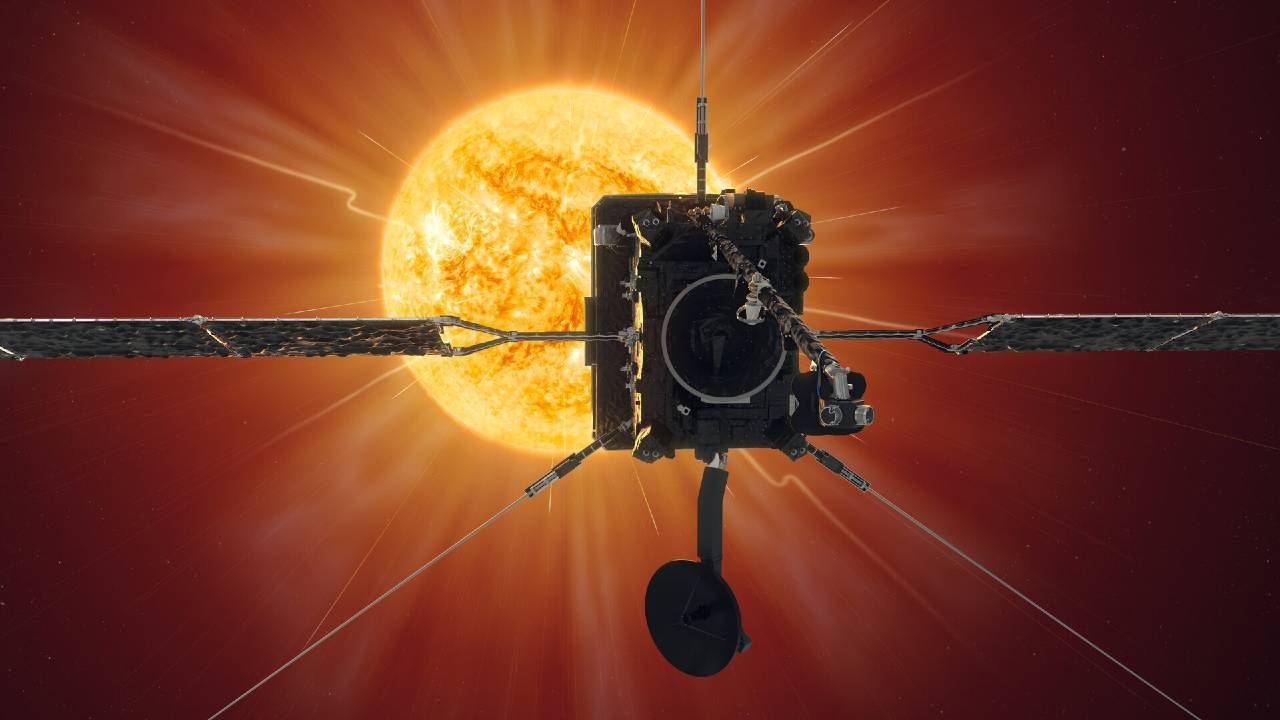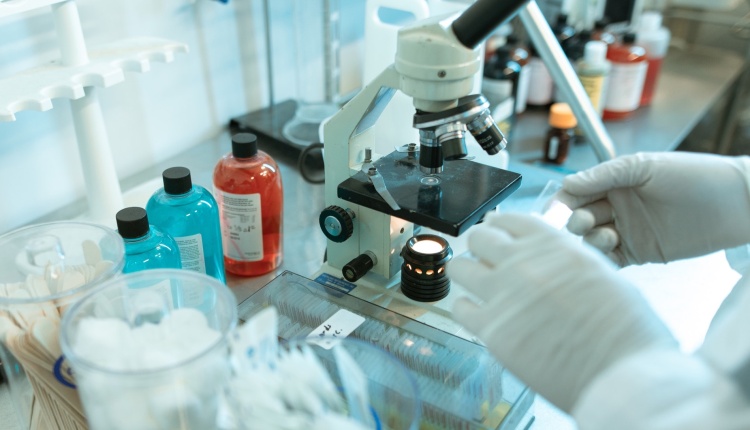Scientists chose the asteroid Demorphos, a satellite of the slightly larger asteroid Didymos, as a test target. The mission was simple: a DART probe was launched from Earth, which in September 2022 hit the surface of Dimorphos with full force. Next, a team of scientists monitoring the system from Earth monitored Didymos’s orbital period through the affected dimorphos to see if it had changed.
Overall, the test was successful: the probe hit Dimorphos, and the asteroid’s orbital period changed more than expected. While scientists analyze the data obtained during the mission, the European Space Agency is preparing the HERA mission, under which a space probe will fly towards the Didymos-Demorphos system to take a closer look at the effects of the collision. Therefore, it can be assumed that the asteroid will return to the news headlines. However, no one expected it to happen so quickly.
Read also: The path of the asteroid Dimorphos changed. Earth has a new planetary defense system
Students at Thacher School in California Together with their mathematics and physics teacher, Jonathan Swift, while observing the Didymos-Dimorphos system, they determined that the Dimorphos orbit had not yet returned to its pre-DART state. Dimorphos still needs more time to orbit the original asteroid than it did before the test.
Just before the spacecraft impacted, Demorphos orbited the asteroid Didymos in 11 hours and 55 minutes. After impact, this time was reduced to 11 hours and 23 minutes (+/- 2 minutes). Thus, it was possible to shorten this period by a full 32 minutes, although scientists assumed that a change of more than 73 seconds would be successful.
Students observing at Thacher Observatory found that a month after the impact, the asteroid was still slowing down, something no one expected. Scientists previously believed that Dimorphos would quickly return to its original orbital speed. Meanwhile, the initial change of 32 minutes increased over two months to 34 minutes.
Read also: Rocks escape from the asteroid Demorphos. This is where we got to a few months ago
Preliminary analyzes suggest that the impact may have disrupted Dimorphos’ orbit or disrupted the system’s tidal stability. Repeated analysis of the data collected by the students showed no error in the calculations. So the question remains as to what really happened.
NASA is about to publish the latest report summarizing the entire experiment soon. The question is whether it will include new observations in it and whether it will also notice an unexpected change in the orbital speed of the asteroid. Either way, it looks like Hera will have more mysteries to uncover once she reaches Demorphos.

Echo Richards embodies a personality that is a delightful contradiction: a humble musicaholic who never brags about her expansive knowledge of both classic and contemporary tunes. Infuriatingly modest, one would never know from a mere conversation how deeply entrenched she is in the world of music. This passion seamlessly translates into her problem-solving skills, with Echo often drawing inspiration from melodies and rhythms. A voracious reader, she dives deep into literature, using stories to influence her own hardcore writing. Her spirited advocacy for alcohol isn’t about mere indulgence, but about celebrating life’s poignant moments.








